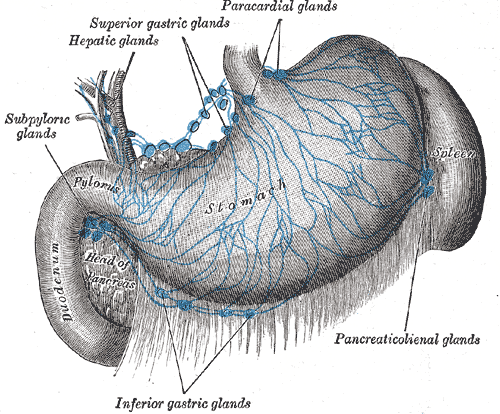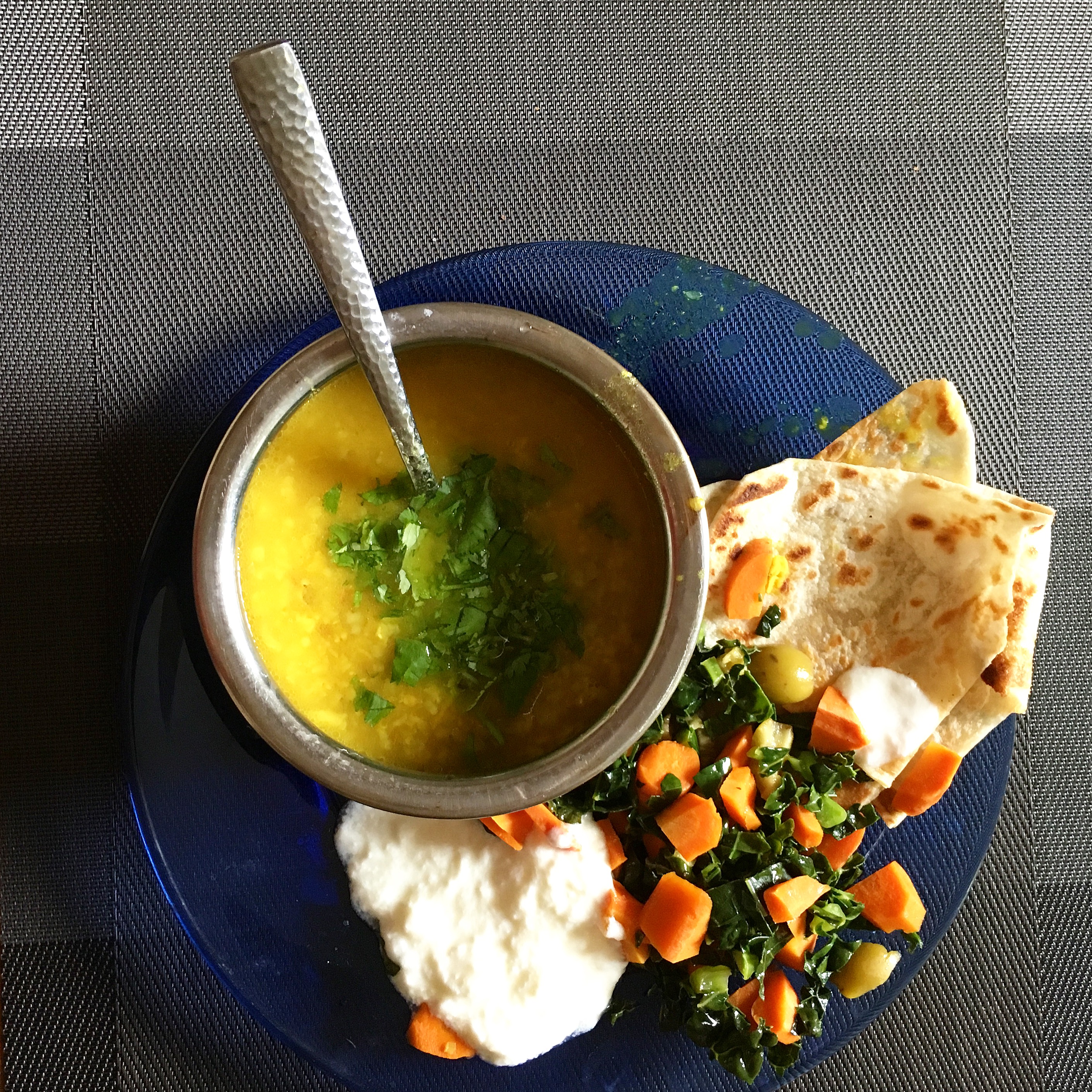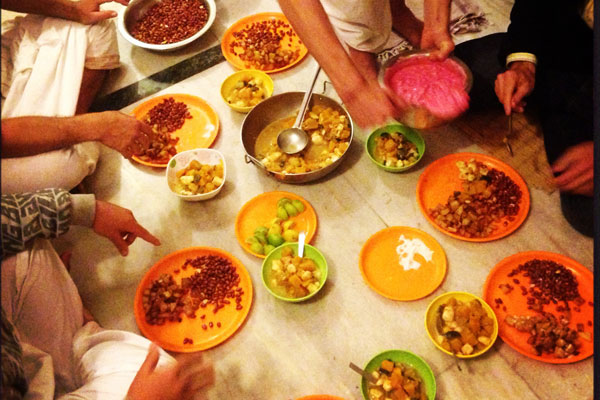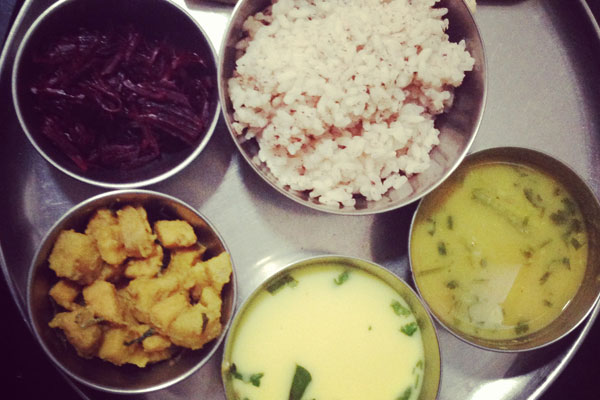
Zyrtec. Allegra. Claritin. Take away my suffering.
Is it just me, or does it seem like EVERYONE is on allergy medications these days? Zyrtec, Allegra, and Claritin have become household names - the holy trinity of seasonal allergy survival. If you are a consumer, you may already know that these medications offer nothing more than symptom relief, and no cure for the allergy plague which returns again every season forcing us to buy more pills. I’ll spare you more of why we shouldn’t support the manufacturers of these medications. You’re all smart. You made it to an Ayurveda blog, after all. Then I started thinking what would happen if we HAD a cure - no more allergy medications? Wait - then what would happen to all the allergy medication? We could disrupt a market. That’d be pretty radical.
If you’ve lived in or visited the northeastern US during the “high allergy season,” which happens every spring and fall, then you know that the complaints are coming in as I write. You might be reaching for a tissue now. Eyes are itching, noses are running and it’s about time we explore an Ayurvedic perspective of what exactly is going on here. I’m about to get all pathophysiological here, so I don’t mind if you skip to the treatments at the end…
First, we have to consider three very important Ayurvedic principles that apply to the immune system, which becomes confused in an allergic response ::
| In sanskrit |
English translation (approximately) |
| Tejas |
Cellular transformation (cellular metabolism - mitochondrial ATP production) |
| Smruti |
Cellular memory (antigen recognition, or immune response) |
| Prana |
Cellular communication (present in DNA synthesis and immune response) |
We already know the importance of nutrition in maintaining tissue health. But how do the cells of our immune system get their nutrition? I’m so glad you asked! It just so happens that the cells of our immune system congregate within the lymph tissues or nodes. Lymph nodes live in the groin, axillae, small intestine, and neck - but are actually found in nearly every inch of the body. The nodes are nourished by the lymph vessels.
Think of the lymph vessels as superhighways delivering nutrition to immune system cells hanging out in the lymph nodes. Now think of a big traffic jam on the interstate.
When the tissues: like the stomach, small intestine, liver, are putting out high levels of toxicity (from poor diet and lifestyle practices), our vessels become blocked. This traffic along the lymphatic vessel network prevents nutrition from getting in and toxins from getting out of the immune system. The lymph vessels are not able to properly carry out their OTHER crucial function: to carry non blood fluid waste from the tissues and eventually dump it into the venous system for further

This image shows how closely the lymph system - shown in blue - works with major organs - like our stomach.
purification at the level of the heart where it forms our most vital essential fluid: ojas (another lecture on that later, I promise). It’s a downstream effect.
The immune system is our greatest expression of self.
Specialized immune system cells distinguish self versus non-self - and it stages its attacks accordingly. Malnourished cells of the immune system lose their smruti (memory) of what is self vs non-self and start attacking inappropriately. Tejas (cellular metabolism) is usually in a heightened, overactive state, enhancing normal responses. Prana, communication, is no longer free. Imagine rogue cells of the immune system acting in a state of emergency chemical warfare releasing all those chemicals that cause runny nose, itchy eyes, swollen lymph, fatigue, excess mucous production…
Restoring order:
You guessed it…the deeper the tissue level, the more we have to work to restore order. Although we know each individual may have a unique pathophysiological process, I’ve put together a list of generally tri-doshic (for all metabolic types) dinacharya (self care) items to not only ease symptoms, but also to address the root cause. Remember, I always say there’s an ideal, then there’s reality. You’ll find your balance somewhere in the middle by incorporating what works for you. Enjoy these tips and tricks. Be patient, natural remedies take longer to be effective because they last longer.
- Use nasya (nasal) oil every 2-3 hours during a flare up. I personally love Usha Lad’s recipe for nasya. Keeping the nasal passageways lubricated adds an extra layer of protection - stopping allergens before they enter your body. For some allergy sufferers, nasya oil has been a real game changer. DIY best alternative to medicated nasya is to use melted ghee or sesame oil. Click here for a tutorial on how to use this remedy.
- Sip hot water. It doesn’t get much simpler than this. All day. At least 1.5 liters. Avoid iced beverages.
- Sleep during the dark hours. Many restorative metabolic functions ONLY happen at night - including drainage of the glymphatic system which is the newly discovered drainage network in the brain, aka command central for vital unconscious bodily functions (including immune reactions). A new discovery for the allopaths, yes, but ancient science of Ayurveda tells us the importance of maintaining proper flow of prana through the brain.
- Take pippali pepper longum . Some herbal preparations are unfortunately only available in India. I’ve found this Banyan Bronchial Support to be the closest thing to medicinal herbal wine, which is the best way to take pippali. Pippali works by soothing inflammation.
- Do self oil massage at least once a week. There is honestly nothing better for allergies than this practice, which works by massaging the lymph vessels and nodes, and thereby flushing our immune system. Just try it. Here’s my blog post with instructions.
- For itchy eyes, carry a spray bottle of rose water with you. It’s all natural, won’t irritate contact lenses, and the rose has cooling, soothing properties. Use it as needed. Be sure to get a 100% pure formula with no additives! My go to is the Heritage brand.
- Take seasonally appropriate foods and avoid eating heavy foods before sleep. Consult any reputable Ayurvedic cookbook or your local Ayurvedic practitioner for this one.
- Use ghee. In all that you cook. Liberal amounts. This supreme nectar of mother cow has anti-inflammatory properties that help to sooth allergy symptoms. It withstands high heat and can be used in any recipe as a substitute for any oil.
- Keep loving, nurturing company. Just because.
 About the author: Katelynn Ingersoll, BSN, RN is a practitioner of Ayurveda, yoga studio owner, and non-profit founder. You can find her at her spot in center city Philadelphia where she teaches workshops, sees clients, and practices yoga. For questions, or to schedule a consultation contact her at 610.462.1352 or email [email protected].
About the author: Katelynn Ingersoll, BSN, RN is a practitioner of Ayurveda, yoga studio owner, and non-profit founder. You can find her at her spot in center city Philadelphia where she teaches workshops, sees clients, and practices yoga. For questions, or to schedule a consultation contact her at 610.462.1352 or email [email protected].
References
Benveniste, H., Lee, H., Volkow, N. (2017). The glymphatic pathway: waste removal from the CNS via cerebrospinal fluid transport. The Neuroscientist 1-12. DOI 10.1177/1073858417691030.
Ivker, Rob. Interviewed by John Dulliard. The Life Spa Podcast Library Episode 37. 14 November, 2016. https://lifespa.com/episode-37-sinus-survival-dr-rav-ivker/
Lad, Vasant (2012). Textbook of Ayurveda Volume Three: General Principles of Management and Treatment. Albuquerque, NM: The Ayurvedic Press.












